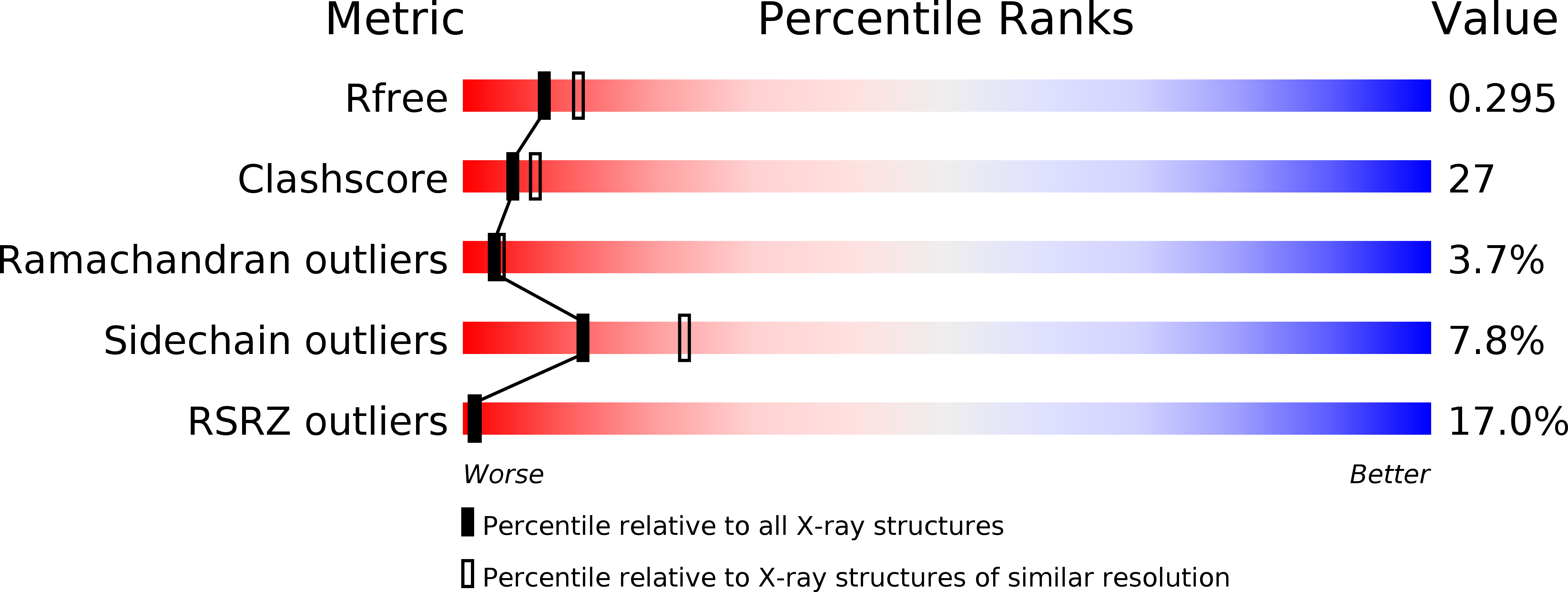
Deposition Date
1997-11-13
Release Date
1998-12-30
Last Version Date
2024-06-05
Entry Detail
PDB ID:
1914
Keywords:
Title:
SIGNAL RECOGNITION PARTICLE ALU RNA BINDING HETERODIMER, SRP9/14
Biological Source:
Source Organism:
Mus musculus (Taxon ID: 10090)
Host Organism:
Method Details:
Experimental Method:
Resolution:
2.53 Å
R-Value Free:
0.29
R-Value Work:
0.24
R-Value Observed:
0.24
Space Group:
P 43 2 2


